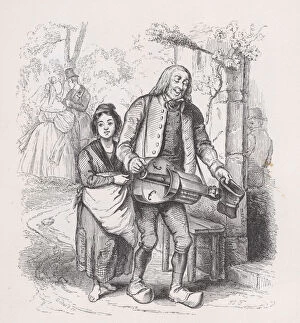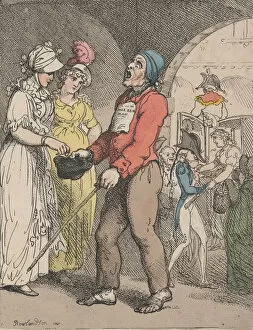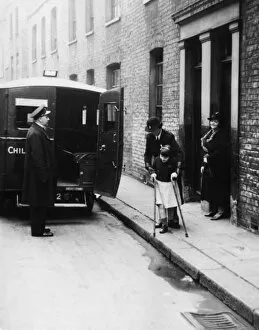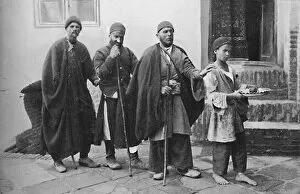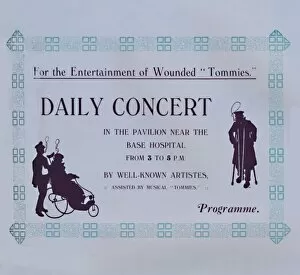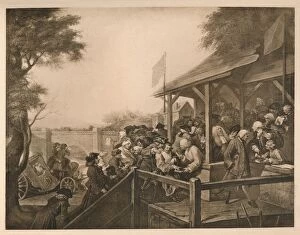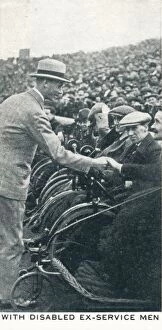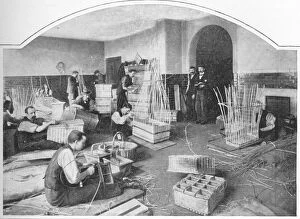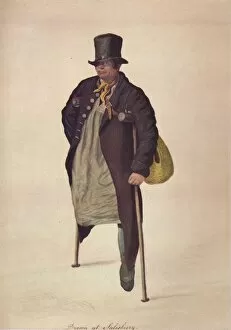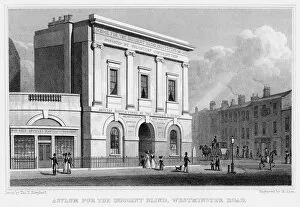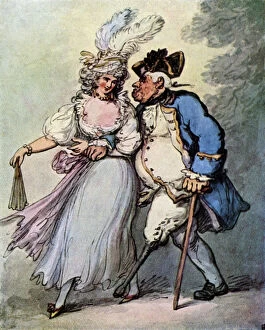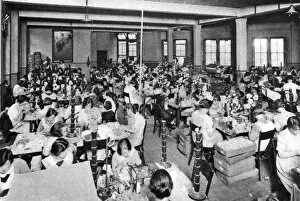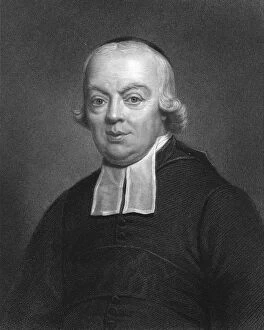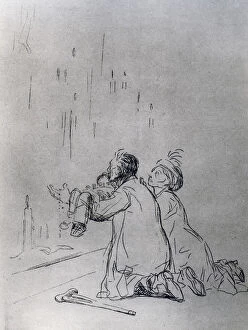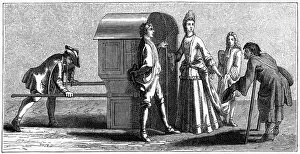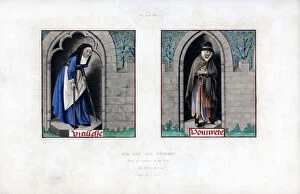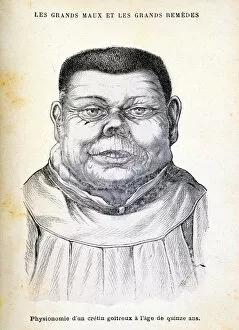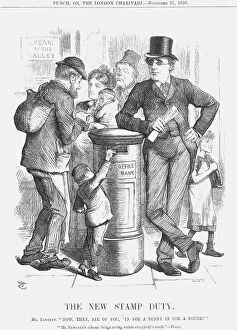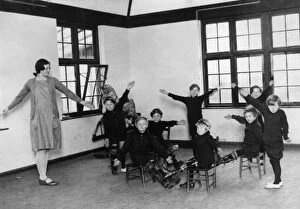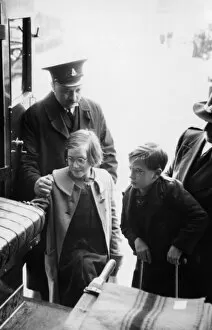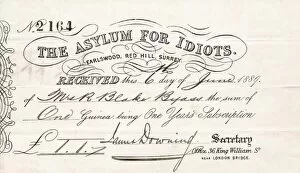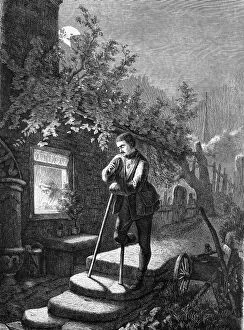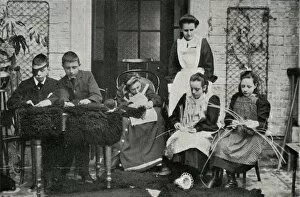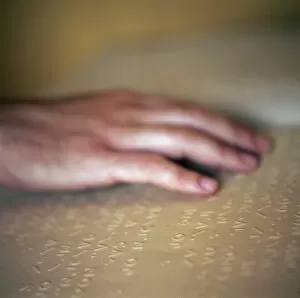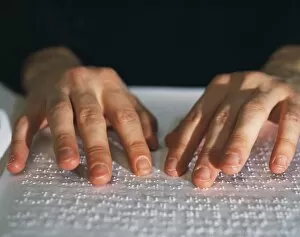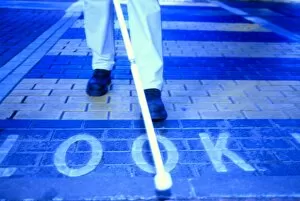Disabilities Collection (#6)
"Through the Eyes of Art: Celebrating Disabilities in History" In their Evening Hymn
For sale as Licensed Images
Choose your image, Select your licence and Download the media
"Through the Eyes of Art: Celebrating Disabilities in History" In their Evening Hymn, Margaret Isabel Dicksee beautifully captures the resilience and strength of individuals with disabilities. The painting serves as a reminder that despite any physical limitations, one can find solace and peace within themselves. John Everett Millais' masterpiece, The Blind Girl, transports us to a world where sight is not necessary to experience beauty. This poignant artwork showcases the power of inner vision and highlights the importance of empathy towards those who are visually impaired. The Disabled Girl portrait stands as a testament to the indomitable spirit found within individuals facing various challenges. It reminds us that disability does not define a person but rather adds depth and uniqueness to their character. Prof. Edward M. Gallaudet's photograph captures an inspiring moment in deaf education history. His pioneering work laid the foundation for empowering countless individuals with hearing impairments, proving that communication knows no bounds. Gordon Parks' photograph portrays a young boy standing proudly at his home's doorway in Washington D. C. , showcasing determination amidst adversity. Despite living with disabilities, this brave child exemplifies resilience and hope for a brighter future. Herbert Honorable Hillary's image sheds light on historical figures who overcame physical limitations while making significant contributions to society. Their achievements serve as inspiration for generations to come. Dorothea Lange's powerful photograph depicts a father crippled by rheumatism in Orange County, North Carolina during 1939—a stark reminder of the daily struggles faced by many disabled individuals throughout history. It calls upon us to foster compassion and support for those battling chronic illnesses or conditions today. The Blind Cyclists on their way from London to Derby capture an extraordinary feat accomplished by visually impaired individuals long ago—an awe-inspiring demonstration of courage and determination against all odds. The Late Mrs. Hull's legacy echoes through time as she cared for royalty despite her own visual impairment—her selflessness serving as a testament to the boundless potential within individuals with disabilities.

